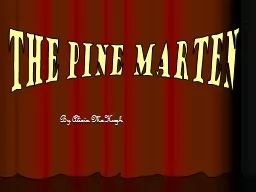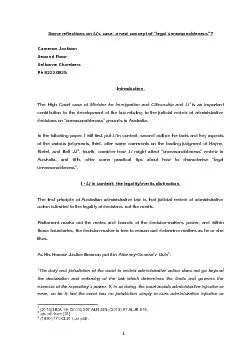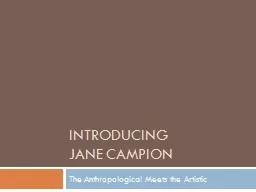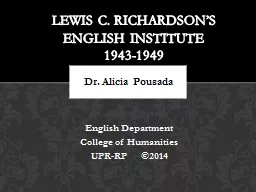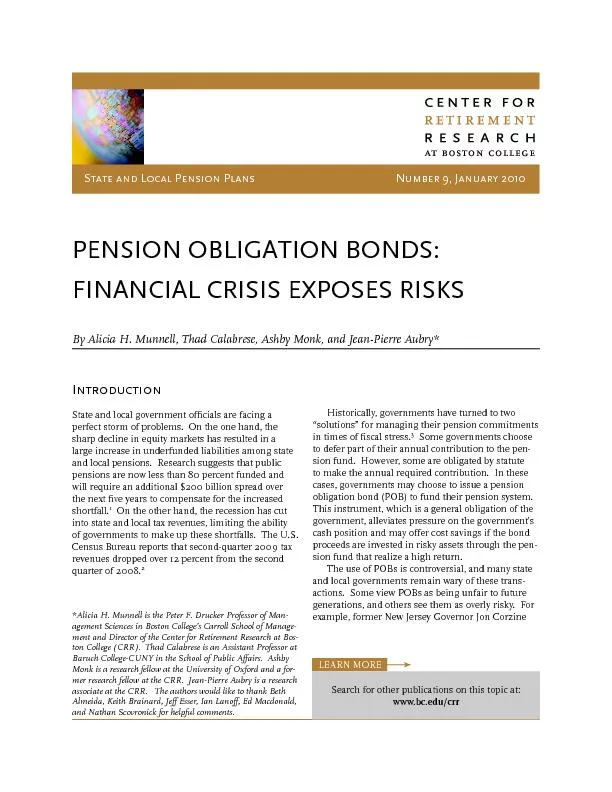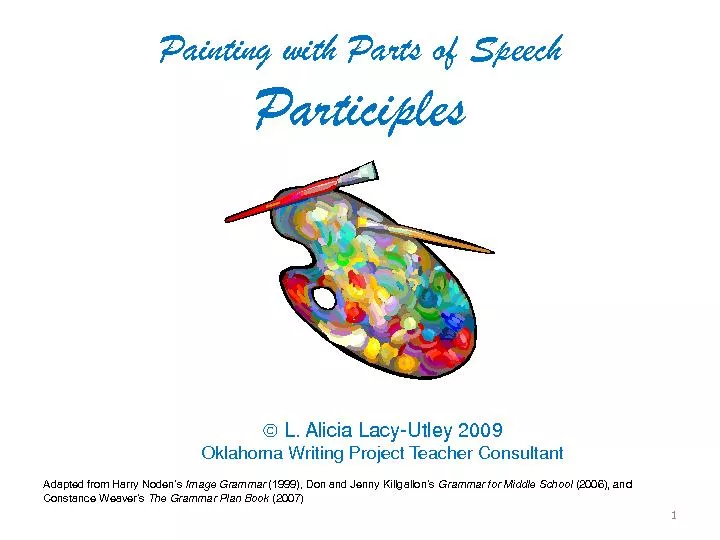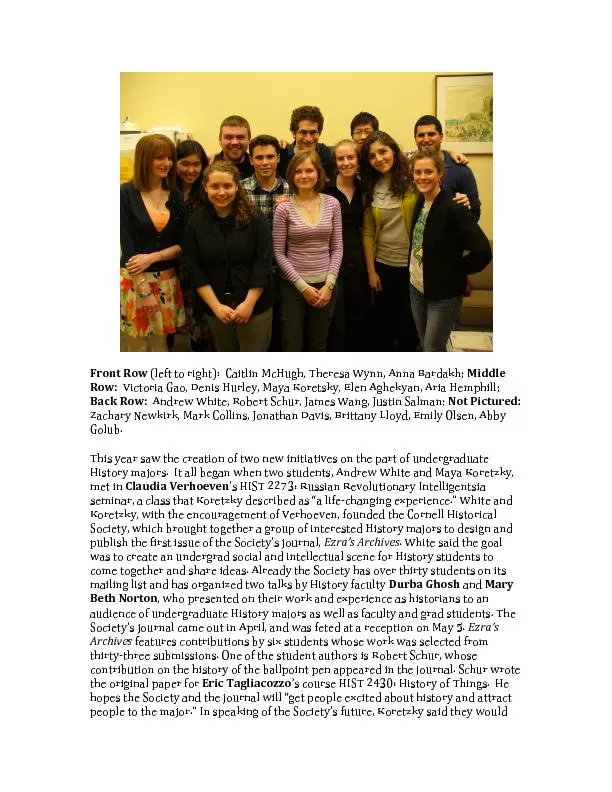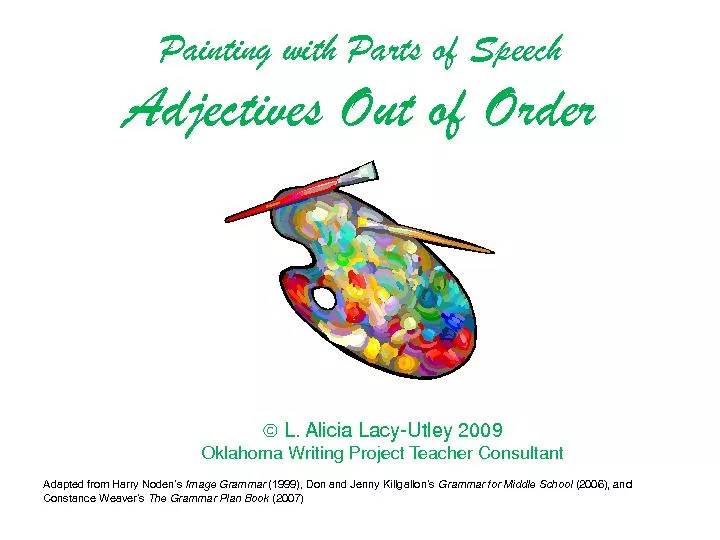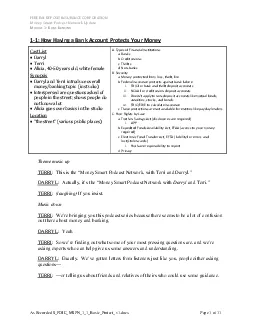PPT-By Alicia McHugh
Author : tawny-fly | Published Date : 2016-04-25
Pine martin the pine marten What is a pine marten The pine marten is a small cat like mammal It is native to northern Europe belonging to the mustelid family which
Presentation Embed Code
Download Presentation
Download Presentation The PPT/PDF document "By Alicia McHugh" is the property of its rightful owner. Permission is granted to download and print the materials on this website for personal, non-commercial use only, and to display it on your personal computer provided you do not modify the materials and that you retain all copyright notices contained in the materials. By downloading content from our website, you accept the terms of this agreement.
By Alicia McHugh: Transcript
Download Rules Of Document
"By Alicia McHugh"The content belongs to its owner. You may download and print it for personal use, without modification, and keep all copyright notices. By downloading, you agree to these terms.
Related Documents

